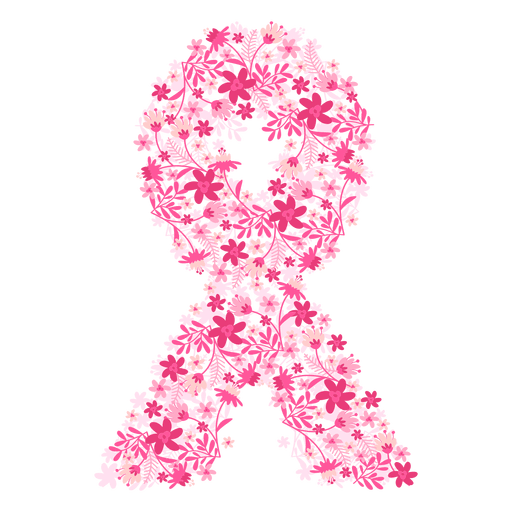Cancer treatment in Iran

Overview
Cancer treatment in Iran is the use of surgery, radiation, medications and other therapies to cure a cancer, shrink a cancer or stop the progression of a cancer.
Cancer treatments are being continually developed. Increasingly more effective and better-targeted treatments are available. As treatment has developed, the outcomes have improved.
The purpose of cancer treatments is that
. Prevent cancer from progressing
. The disease is brought under control
. Cancer recurrence is prevented, and
. The symptoms caused by the tumour are alleviated.
The main forms of cancer treatment in Iran are cancer surgery (surgical treatment), radiotherapy, chemotherapy and hormone therapy. Nowadays various immunological therapies and so-called smart drug delivery (or targeted drug delivery) are also used. There are a variety of different cancer drugs available. They are usually used in combination.
Type of cancer treatment
Bladder cancer is when abnormal cells in the bladder grow and divide in an uncontrolled way.
There are different types of bladder cancer:
urothelial carcinoma, formally known as transitional cell carcinoma, is the most common form of bladder cancer (80-90%) and starts in the urothelial cells in the bladder wall’s innermost layer
squamous cell carcinoma begins in the thin, flat cells that line the bladder
adenocarcinoma is a rare form which starts in mucus-producing cells in the bladder.
Testicles or testes are male reproductive organs found in the human body that are contained within a pouch like structure called the Scrotum which is an extension of the abdominal wall. An adult human testicle is about 2 inches long. The testicles produce sperm cells and testosterone in the human body
Frequently asked questions regarding colon cancer treatment in iran:
What are the factors that must be taken into account prior to deciding on a treatment protocol for you?
The right treatment protocol to be chosen depends on several factors including
1. Tumour’s size
2. Tumour’s stage
3. The health conditions of the patient being treated
4. Side-effects, Possible risks, and cost of the treatment to be
chosen.
For most people, a tummy ache is just that. A simple tummy ache. It’s something we tend to take very casually. But, on occasion, a stomach ache can be indicative of a far more serious problem – digestive track complications, colitis and even cancer. Tackling these conditions at an early stage ensures you a better chance of survival. In cases involving colonic cancer and colitis, timely intervention can save the lives of 70-80% of patients. So, make it a point to visit your doctor regularly for check-ups.
Thyroidectomy is a surgical removal of all or part of the thyroid gland. It is advised when one of the following conditions namely Cancer, Non-cancerous enlargement of nodule, Hyperthyroidism, Cosmetic reason, is found in a person. Iranian surgery is a medical value provider helping overseas patients get thyroidectomy surgery in Iran with the best thyroid surgeons at the best hospitals for thyroid surgery in Iran.
A cancer diagnosis is upsetting at any age, but especially so when the patient is a child. It’s natural to have many questions, such as, Who should treat my child? Will my child get well? What does all of this mean for our family? Not all questions have answers, but the information and resources on this page provide a starting point for understanding the basics of childhood cancer.
This is cancer that starts in the kidney. The most common type of kidney cancer is called Renal Cell Carcinoma (RCC). About 90 percent of all kidney cancers are renal cell carcinomas. The other 10 percent are made up of transitional cell carcinomas, Wilms tumours (found in children), and other rare tumours.
Prostate cancer is one of the most common types of cancers in men. It usually affects men in their 60s, but is now progressively found in men of a lower age group as well. The common problems arising in this gland include benign (non-cancerous) enlargement, or cancer of the prostate. The risk factors include older age, family history and obesity.
Brain cancer or tumors is an abnormal growth of cells in the brain. Malignant tumors can grow and spread aggressively to distant parts of the body as well. Tumors that do not spread or invade nearby tissue are called benign. Benign tumors are less harmful as compared to malignant ones, but a benign tumor can cause problems in the brain by pressing on a nearby tissue.
Bone Cancer Treatment and Surgery in Iran is done by Iranian Oncologists having International fellowships and International Board Certification.
Bone cancer is an uncommon cancer that begins in a bone. Bone cancer can begin in any bone in the body, but it most commonly affects the long bones of the arms and legs.
WHAT IS STOMACH CANCER?
Gastric cancer or stomach cancer surgery is a disease in which malignant (cancer) cells develop from the lining of the stomach. This lining aids in digestion. The stomach cancer is staged between I to IV, according to how far cancer has spread in layers of wall of stomach. Though stomach cancer treatment hospitals in Iran agree that it is hard to diagnose this disease, early diagnosis can help in beating the disease. The only way is to keep a watch on symptoms.

